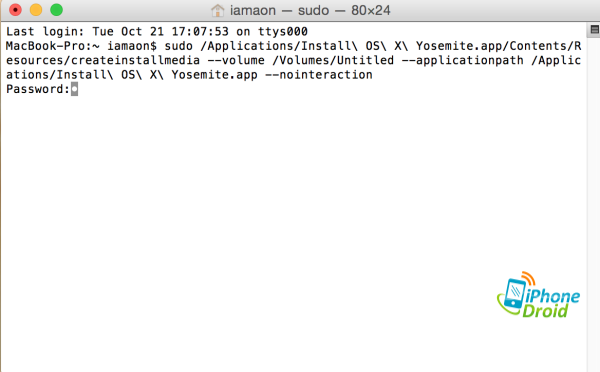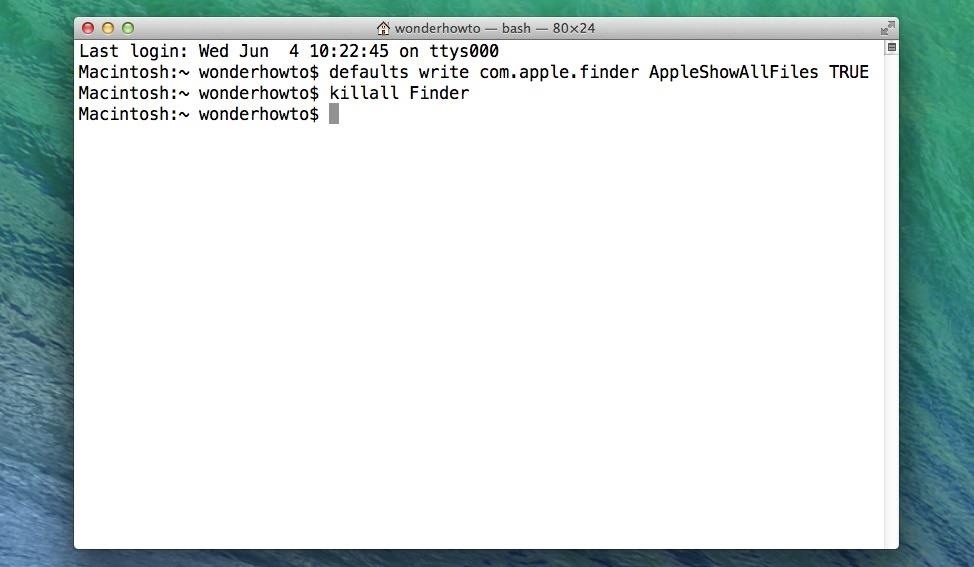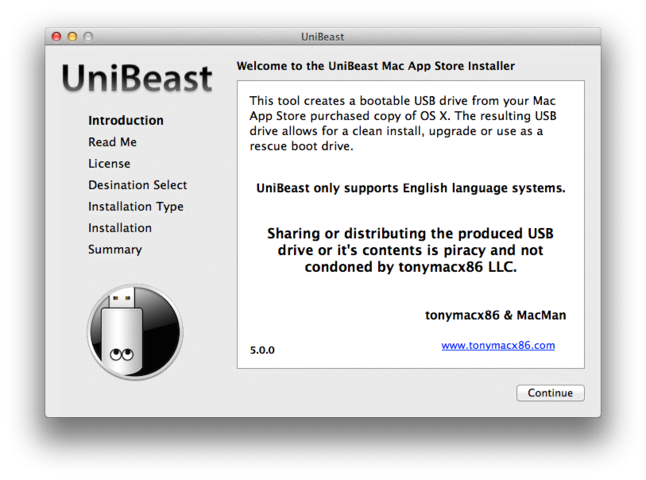One of the most awaited Operating System of 2014 i.e. Mac Yosemite is now available for use. Apple has recently released the beta version of the latest Yosemite OS with new and advanced features. Who wouldn’t like to try this latest version? Every Mac user would love it! You can easily work with and get familiar with all features of this new Yosemite that too without disturbing the already running Mac installation in simple steps. Yes! you can achieve this by just creating a bootable USB flash drive with Yosemite and then connecting it to the Mac desktop or laptop to install Yosemite from USB securely.
It’s just a few simple step procedure and within minutes you can create Yosemite bootable USB. The process involves two stages – creation of bootable USB flash drive and then installation procedure. Below is the complete step-by-step procedure to achieve this, just read on…
Stage 1: Create Bootable USB Flash Drive
- First connect your USB drive to the Mac computer and launch Disk Utility tool. Now select drive indicating USB flash drive (select the USB drive you want to make the bootable installer) from the available drives list
- Then just click on the “Erase” tab and format the drive as “Mac OS Extended (Journaled)”
- Then just click on “Erase” and confirm the selection
- Go to “Partition” tab and under ‘Partition Layout’ section click on the pull-down menu and change the layout to “1 Partition” from “Current”
- Change the partition name from “Untitled 1” to “Untitled” and then click on “Options” button
- Choose the partition scheme as “GUID Partition Table” and select “OK”
- Once done click on “Apply” to confirm the creation of the partition
- After the partition is successfully created download the Macintosh OS X 10.10 Yosemite installer from Mac App Store, once done quit the installer and set the downloaded file's name to Install OS X Yosemite app.
Step 3: Download OS X 10.10 Yosemite from Mac App Store. Once downloaded, quit the installer and make sure that the OS X Yosemite installer that you downloaded from the Mac App Store, is in Applications folder, and set to its default name; ‘Install OS X Yosemite.app’. Step 4: Start Terminal, type in the following code, and hit Enter. Jul 28, 2014 The traditional method of creating a bootable OS X USB installer no longer works, so you’ll need to follow a new approach when dealing with OS X Yosemite. While there are multiple methods that will work, here’s the easiest way to create a bootable OS X 10.10 Yosemite USB Installer for the Yosemite Public Beta.
After completion, launch the Terminal app (located in Applications/Utilities) and type or copy - paste the following command, and then hit Enter:
sudo /Applications/Install OS X Yosemite.app/Contents/Resources/createinstallmedia --volume /Volumes/Untitled --applicationpath /Applications/Install OS X Yosemite.app –nointeraction


Once done Quit the Disk Utility; With this your OS X Yosemite bootable USB flash drive will be ready for use and you can start the clean installation process.
Stage 2: Clean Install OS X Yosemite on Your Mac
- Now, connect the bootable USB flash drive into your Mac and restart the computer, once the start-up chime plays, just press the Option key (Alt).
- On the start-up drive selection screen choose the USB drive and hit Enter / Return on the keyboard.
- The process might take few minutes, just wait until the Yosemite installer appears on screen
- Once it appears, click on Disk Utility and then hit Continue.
- From the left hand-side pane of the Mac, find and click on Macintosh HD and then on the top-right portion hit Erase tab. Select default values for all options and then hit Erase button at the bottom right; by doing this all files stored on the startup hard drive will be wiped off.
- After completion of the erasing process just return to the first screen and click on Install OS X and then hit Continue.
- Now, select the Macintosh HD partition that was erased in step 5 and then click Install
By following all the above steps correctly, your computer will now boot into the newly installed OS X Yosemite, and you could just enjoy all its stunning new UI and advanced features. However, before performing the process make sure you have proper data backup, as there are chances of losing your data due to interruption or by selecting improper option. In such cases Remo Recover software could help you to perform Mac lost data recovery in just few minutes.
Os X Yosemite Usb Installer Download
A previous commenter on our How To Speed Up Your Mac article noted that the biggest speed up they experienced for their Mac was to re-install OS X from scratch from a USB disk. Whilst this is a bit disappointing because it’s one of the things I had hoped to escape when I made the switch from Microsoft Windows all those years ago, it makes a fair bit of sense – particularly if you’re one who often plays with software then deletes it again like I do for reviewing stuff, since lots of cruft gets left laying around… (I tried using Parallels Desktop 10 to run an alternative OS X platform for doing my reviews – it was too slow).
The process isn’t all that straight forward and the commenter asked if we would do a How To, so here it is.
The first thing you need to do, as with any major undertaking you might do with your Mac, is to BACK IT UP. Get yourself a Time Capsule from Amazon, eBay or (if you’re in Australia) somewhere like JB Hi-Fi and back up your Mac using Time Machine. Or check out our article about Crashplan if you prefer not to shell out exorbitant amounts of money on a Time Capsule. We can’t stress this enough – you must back up your Mac before continuing. The process outlined below will delete all your data. Everything. Kaboom. So back it up.
While your Mac is backing itself up somehow, go to the Mac App Store and download Yosemite. It’s a big download and if you’re in Australia like me it’ll take a while thanks to our ageing infrastructure and lack of government foresight to get us into the 20th Century of broadband (but I digress into a political debate). DONT OPEN IT. The download will create a link in your Applications folder called ‘Install OSX Yosemite’. Don’t open it yet. Doing so will install Yosemite indeed, but it’ll be an upgrade over the top of what you already have and it’ll delete itself after it’s re-installed. This is not what we want if we’re putting it on a USB. If it opens automatically, simply close it.

You’ll need an 8Gigabyte USB key – which you can pick up at just about any corner store these days.
Os X Yosemite Download
Plug the USB key into your Mac and if necessary re-format it using Disk Utility so that Yosemite can be written to it. To do this, open Disk Utility, select the USB key on the left and choose the Erase Tab. Choose Mac OS Extended (Journaled) and leave the title as ‘Untitled’ for now. The process of putting Yosemite onto the USB key will rename it anyway.
Now we’re (unfortunately perhaps) going to have to get a little bit familiar with the Terminal application. Open up Terminal (its under Applications -> Utilities if you’ve never used it before). The instruction you need to type assumes you have simply downloaded the ‘Install OS X Yosemite’ application into your applications folder. You’ll need to modify the locations if you’ve managed to download it somewhere else.
sudo /Applications/Install OS X Yosemite.app/Contents/Resources/createinstallmedia –volume /Volumes/Untitled –applicationpath /Applications/Install OS X Yosemite.app –nointeraction
The sudo command at the beginning will ask you for your login password. If your Mac logs in automatically, it’s the same password that you may have used in the pop up windows that occasionally come up when you install new programs.
The createinstallmedia command will give you some (fairly inaccurate) feedback about how far through the process it is, but you can expect it to take anywhere up to 20 minutes depending on how quick your Mac can read from the internal disk and write to the external USB which are typically quite slow. Don’t interrupt the process – don’t turn off your Mac, don’t pull out the USB key, don’t eject the USB key from Finder. Doing so will corrupt the flash key and you’ll need to start again. The process is finished when you see ‘Copy Complete. Done’ in the terminal window.
That’s the hard part over with. Now you need to reboot your Mac ( hope you’re reading this on an iPad or something similar so you can still follow while you reboot! ).
As soon as you hear the Mac bootup ‘Chime’ hold down the Option (or Alt) key and select the USB drive (which should be an orange colour). Double click the icon with the mouse or use the cursor keys to move to that image and then press Enter. This will start the Yosemite Installer, which may take a few minutes depending on the speed of your USB key. When everything is started you’ll see an Installer screen with a number of options. You need to choose the Disk Utility option first of all. If you miss this step you’ll end up just installing Yosemite over itself and you won’t benefit from a fully clean install. When Disk Utility is started click on Macintosh HD (or whatever your internal hard drive is called that you’re going to install Yosemite to) – it’s probably the top drive listed. Just as you did for the USB key, do now for the hard drive – i.e., choose the Erase Tab, choose Mac OS Extended (Journaled) and set the title to whatever you want. This will erase all your files from that disk. Everything. You did backup didn’t you?
Once that process is complete, Exit Disk Utility and choose Install OS X – choosing the freshly erased Hard Drive when the installer asks you.
Once everything is finished and you reboot, you’ll see your shiny new Yosemite install and if your Mac was anything like mine, you’ll probably think you have a new machine too because mine was considerably faster after a fresh install.

Comments are closed.